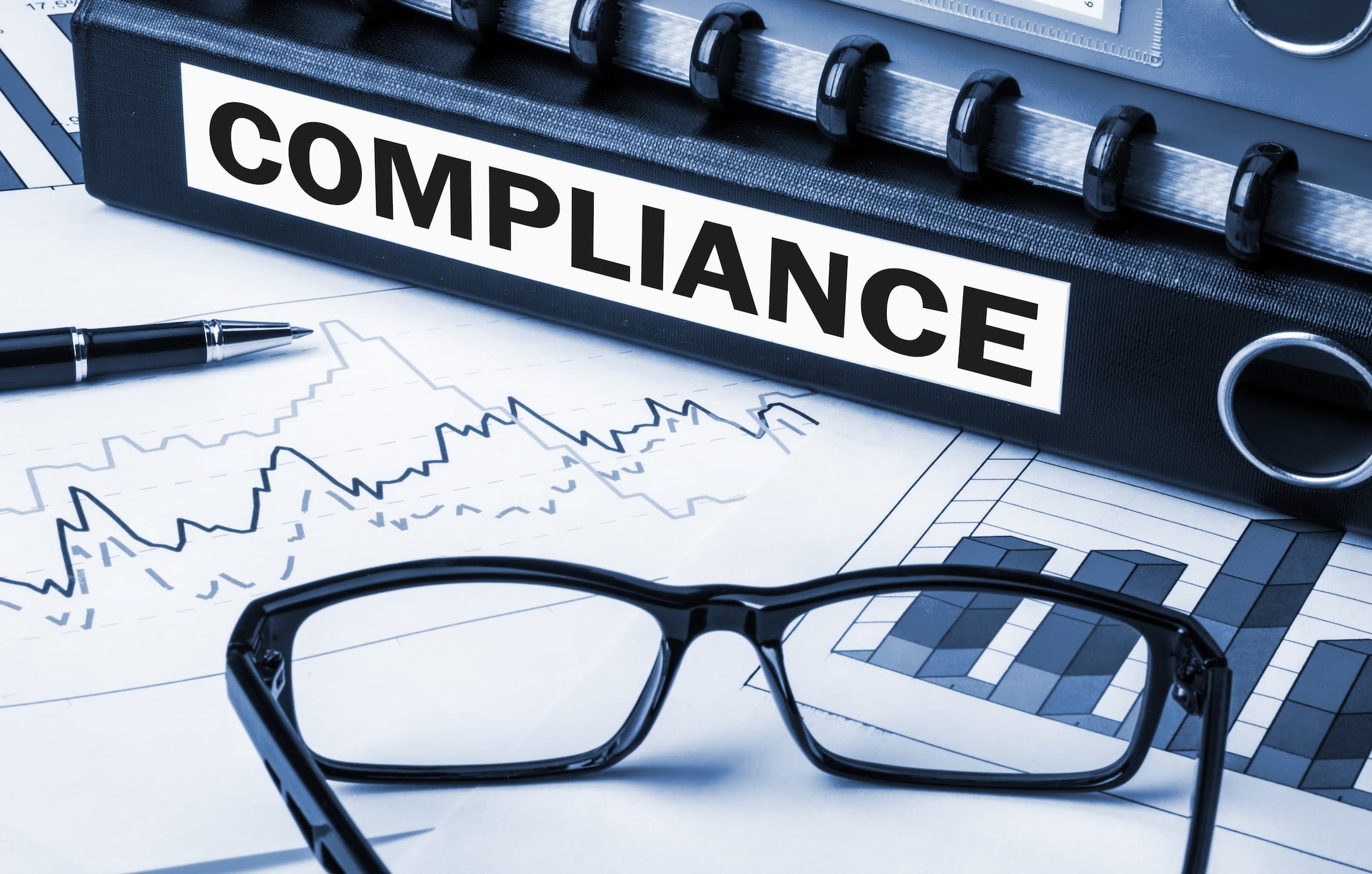Human Resources (HR) plays a pivotal role in the smooth operation and success of any organization. However, HR departments often face a myriad of challenges that can impede their ability to manage the workforce effectively. Here are some of the most common HR problems and strategies for addressing them, ensuring a more productive and harmonious work environment.
6 Common HR Problems and How to Address Them
1. Recruitment and Retention
The Problem:
Finding and keeping the right talent is a perennial challenge for HR departments. High turnover rates can be costly and disruptive, while lengthy recruitment processes can delay critical projects and reduce overall productivity.
Solutions:
- Enhance Employer Branding: Develop a strong employer brand that attracts top talent. Showcase company culture, values, and employee testimonials on your website and social media.
- Streamline Recruitment Processes: Utilize applicant tracking systems (ATS) to manage the recruitment process efficiently. Simplify application procedures and reduce the time-to-hire.
- Offer Competitive Compensation: Ensure that salaries and benefits are competitive within your industry. Consider additional perks like flexible working conditions, professional development opportunities, and wellness programs.
- Improve Onboarding: Develop a comprehensive onboarding program that helps new hires acclimate quickly and feel valued from day one.
2. Employee Engagement and Morale
The Problem:
Low employee engagement and morale can lead to decreased productivity, higher absenteeism, and increased turnover. Engaged employees are more productive loyal, and contribute positively to the workplace culture.
Solutions:
- Regular Communication: Foster open communication channels between management and employees. Regularly seek feedback through surveys and town hall meetings.
- Recognition Programs: Implement recognition and reward programs to acknowledge employees’ hard work and achievements. This can range from formal awards to simple shout-outs during meetings.
- Career Development: Offer opportunities for professional growth and development. This can include training programs, mentorship schemes, and clear career progression paths.
- Work-Life Balance: Promote a healthy work-life balance by encouraging flexible working hours, remote work options, and time-off policies that prevent burnout.
3. Compliance with Employment Laws
The Problem:
Staying compliant with ever-changing labor laws and regulations is a complex and ongoing challenge. Non-compliance can result in hefty fines, legal issues, and damage to the company’s reputation.
Solutions:
- Stay Informed: Regularly update your knowledge of relevant labor laws and regulations. Consider subscribing to legal newsletters or joining HR associations for the latest updates.
- HR Training: Ensure that HR staff receive ongoing training on compliance issues. This can include workshops, online courses, and certification programs.
- Use Compliance Software: Invest in HR software that helps track compliance-related tasks and deadlines. Automated reminders and checklists can ensure nothing falls through the cracks.
- Consult Legal Experts: When in doubt, consult with legal professionals who specialize in employment law. They can provide guidance on complex issues and help develop compliant policies and procedures.
4. Managing Diversity and Inclusion
The Problem:
Creating a diverse and inclusive workplace is both a moral and business imperative. However, many organizations struggle to foster an environment where all employees feel valued and included.
Solutions:
- Develop a D&I Strategy: Create a comprehensive diversity and inclusion strategy that includes clear goals, policies, and accountability measures.
- Training and Awareness: Conduct regular training sessions on unconscious bias, cultural competency, and inclusive practices for all employees.
- Diverse Recruitment Practices: Implement recruitment practices that promote diversity, such as diverse interview panels and partnerships with organizations that support underrepresented groups.
- Inclusive Culture: Foster an inclusive culture through employee resource groups, diversity councils, and inclusive company events that celebrate different cultures and backgrounds.
5. Handling Employee Conflicts
The Problem:
Workplace conflicts are inevitable, but if not managed properly, they can escalate and disrupt the workplace. Effective conflict resolution is essential for maintaining a harmonious work environment.
Solutions:
- Clear Policies: Establish clear policies and procedures for handling conflicts. Ensure that employees know how to report issues and what steps will be taken to address them.
- Training: Provide conflict resolution training for managers and HR staff. This training should include techniques for mediation and negotiation.
- Neutral Mediation: Use neutral third parties to mediate conflicts when necessary. This can help ensure a fair and unbiased resolution.
- Prompt Action: Address conflicts promptly and fairly to prevent escalation. Encourage open communication and aim to find mutually beneficial solutions.
6. Performance Management
The Problem:
Inconsistent or ineffective performance management can lead to unclear expectations, low productivity, and dissatisfaction among employees.
Solutions:
- Regular Reviews: Implement a structured performance review process with regular check-ins. This helps employees understand their performance and areas for improvement.
- Clear Objectives: Set clear, measurable objectives and expectations for each role. Use tools like SMART goals (Specific, Measurable, Achievable, Relevant, Time-bound) to guide goal setting.
- Continuous Feedback: Foster a culture of continuous feedback rather than relying solely on annual reviews. This helps address issues in real time and keeps employees motivated.
- Development Plans: Create personalized development plans for employees to help them grow and advance in their careers. This can include training, mentoring, and stretch assignments.
HR departments face a variety of challenges that can impact the overall health and productivity of an organization. By understanding these common HR problems and implementing strategic solutions, businesses can create a more efficient, engaging, and compliant work environment. Whether it’s through improving recruitment practices, enhancing employee engagement, or ensuring compliance, proactive HR management is key to the long-term success of any organization. By addressing these challenges head-on, HR professionals can foster a positive workplace culture that supports the growth and well-being of all employees.






























